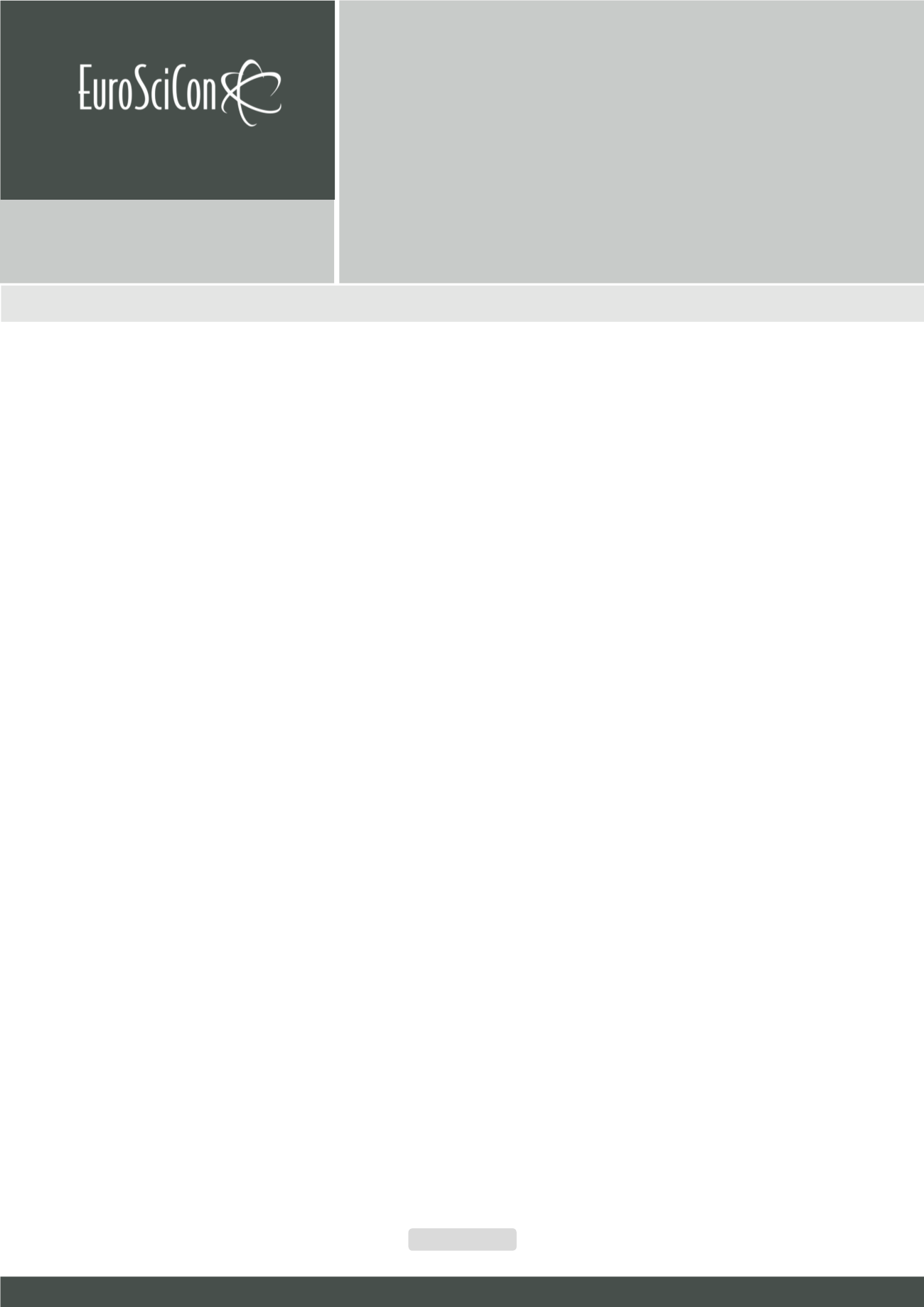

Materials Congress 2018
Page 58
Nano Research & Applications
ISSN: 2471-9838
W o r l d C o n g r e s s o n
Materials Science & Engineering
A u g u s t 2 3 - 2 5 , 2 0 1 8
Am s t e r d a m , N e t h e r l a n d s
M
edical biodegradable polyester materials are high value-added materials
that can generate US$ 300 million in the world market. Medical
biodegradable polyester materials are easy to control the molecular weight
and composition ratio and physical properties through physical and chemical
modification. In this study, in order to produce functional polyester nanofibers
with improved productivity and uniform diameter, poly lactic acid-co-glycolic
acid (PLGA), medical biodegradable polyester materials, was electrospun to
produce nanofibers established production technology. In order to produce
PLGA nanofibers of uniform diameter, electrospinning conditions were
established in consideration of variables such as solvent, concentration,
viscosity, voltage, TCD etc. As the concentration of the spinning solution
decreased, the diameter of the fibers became thinner, more pores were
observed and uniform nanofibers could be produced at a concentration below
5% w/v. In addition, by applying multi nozzle to the electrospinning nozzle,
productivity increased and manufacturing of nanofiber with improved water
pressure resistance was able to be manufactured.
Biography
Lee Hee-dong is currently working at Korea Institute of
Industrial Technology. He is engaged in R&D related to dyeing
process automation, smart factory, smart wearable wear and
low-energy eco-friendly dyeing. Especially, he is conducting
various researches related to biomedical materials.
lhd0121@kitech.re.krStudy on manufacture of nanofibers using biodegradable
polyester materials
Hee Dong Lee, Ji Hyeon Han and Jae Hoon Ko
Korea Institute of Industrial Technology (KITECH), Korea
Hee Dong Lee et al., Nano Res Appl 2018, Volume: 4
DOI: 10.21767/2471-9838-C4-018
















